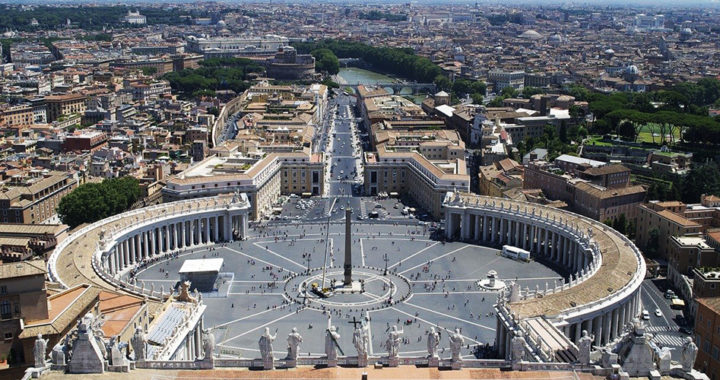The Holy See and Vatican City are often intermixed. Numerous people would refer to the Vatican City as the See of Rome. Of course, this is inevitable. The independent city-state is home to the Holy See and, thus, remains at the center of Roman Catholicism. In addition, the confusion is made worse by the fact that the Bishop of Rome or the Pope is the head of both. However, it is also important to retain the distinction between the two.
What is the Difference Between the Holy See and Vatican City?
Note that Vatican City is a city-state or an independent country with its governance and economic activity, and the term “Vatican” essentially applies to the entire territory or geographic area it occupies. Based on the Lateran Treaty of 1929 that created this small country, it is considered “distinct from the Holy See.
However, the same Lateran Treaty states that the Vatican is under the “full ownership, exclusive dominion, and sovereign authority and jurisdiction” of the Holy See. Hence, the Pope remains the head of state. Remember that the city-state follows a theocratic type of government known as ecclesiastical or sacerdotal monarchy.
The Lateran Treaty of 1929 was proposed and signed to establish the independence of Vatican City. More specifically, because it has been at the center of Roman Catholicism, the city-state was created to ensure the independence of the Roman Catholic Church from the control of other countries, including Italy.
Essentially, the Holy See is the governing body of the Vatican. Hence, when entering into a contract within the territory, in most cases, it has to be transacted with this established government authority. Of course, it is also important to highlight the fact that it is also the central governing body of the entire Roman Catholic Church.
It is also worth mentioning that “Holy See” or the “See of Rome” is the collective term for the Bishop of Rome, also known as the Pope and his curia or the central administrative offices. However, despite being a recognized entity having its own independent territory, it is not considered as a non-state sovereign entity under international law and politics.
To summarize the difference between the two, Vatican City is a state or an actual country, while the Holy See is a religious entity that governs both the territory known as the Vatican and the established global religion known as Roman Catholicism.





